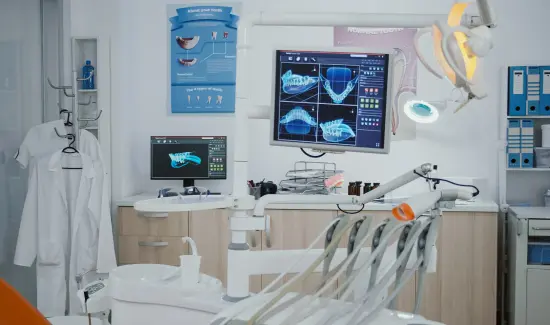Home » Case Studies » ServiceNow » ServiceNow Implementation for Healthcare Operations

Achieved in Annual Savings
Reduced incident resolution times
Hours saved per week
The client, a leading healthcare provider in North America, faced considerable operational inefficiencies as their rapid growth strained existing systems and workflows.
Manual processes dominated their service request and change management systems, leading to delays, lack of visibility, and escalating costs. This disjointed approach, including reliance on emails, spreadsheets, and manual reports, could not support their increasing service requests, incidents, and demand management needs.
The LMTEQ ServiceNow team stepped in to establish a streamlined, automated, and centralized solution by implementing ServiceNow for healthcare that addressed these growing complexities and helped our client achieve peak operational excellence.
At the start of the project and requirement gathering stage, our team learned the following challenges faced by the client:
Fragmented tools lacked synchronization, making it difficult to maintain data accuracy or implement automation.
Prolonged resolution times and lack of proactive measures hindered the organization’s ability to deliver uninterrupted clinical applications.
The absence of a unified database increased the time required to retrieve actionable information.
Slow response times to security incidents left systems exposed to potential breaches.
Frequent downtime and limited access to real-time analytics negatively affected decision-making and overall productivity.
Gaps in third-party risk assessments exposed the organization to compliance challenges.
✦ Custom Dashboards :- – Designed and deployed interactive dashboards for near real-time monitoring of CMDB health, incident management metrics, and SLA compliance.
✦ Data Migration and Cleanup :- – Migrated existing data to ServiceNow CMDB while eliminating redundancies to maintain accuracy and relevance.
✦ Workflow Automation :- – Automated repetitive and time-sensitive tasks, reducing manual errors and freeing up resources by leveraging Robotic Process Automation (RPA).
✦ Security Incident Reporting :- – Enhanced visibility into potential threats using integrated security and vulnerability tools.
✦ Cost Savings :- – Achieved $350,000 in annual savings by eliminating redundant processes, and integrating with existing IT infrastructure, thereby reducing unwanted applications and licensing and ultimately improving efficiency.
✦ Operational Efficiency :- – Reduced incident resolution times by 40%, cutting downtime and ensuring uninterrupted application availability.
✦ Time Savings :- – Reclaimed 10 hours per week through workflow automation.
✦ Compliance and Security :- – Strengthened compliance posture with regular third-party risk assessments and faster security incident responses.